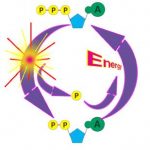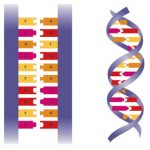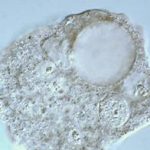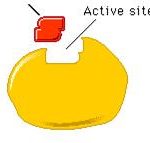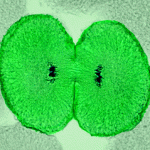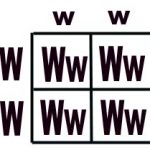Be sure to review our Heredity (Ordinary Level) page first!
The higher level material:
Structure of DNA
Each base can only join with one other base.
A can only join with T
G can only join with C
The A and G bases are classified as PURINES.
The T and C bases are classified as PYRIMIDINES.
Each base pair has a purine and a pyrimidine.
The forces holding the bases together are hydrogen bonds.
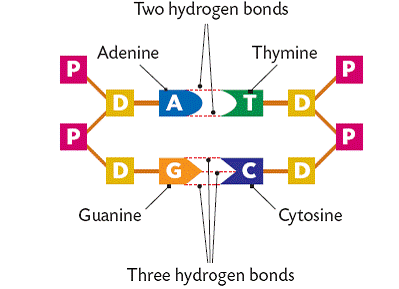
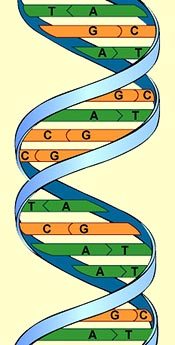
As can be seen above, each pair of bases are held on the side strands (some times called the ‘backbones’) of the DNA. These side strands are made up of a pentose sugar (a 5-carbon sugar) and a phosphate group. The entire unit is then made of three molecules: a pentose sugar (a 5-carbon sugar) and a phosphate group a nitrogenous base. This smallest unit of DNA is called a nucleotide.
The pentose sugar is called deoxyribose.
The phosphate is PO4 but is represented a P.
Protein Synthesis
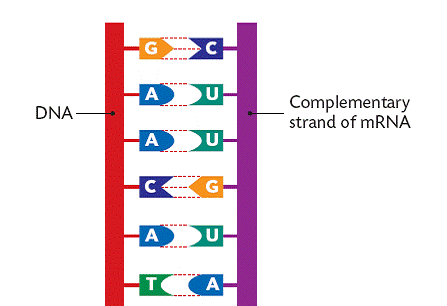
Each mRNA strand carries:
1. a start codon (AUG below)
2. a series of codons each of which will form a particular amino acid
3. a stop codon (UAA below)
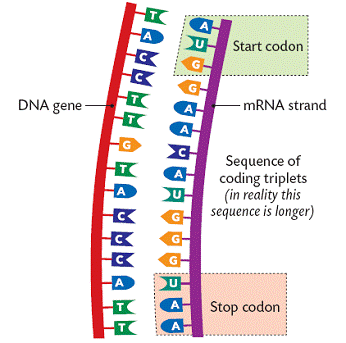
1. Each ribosome is composed of a large sub-unit and a small sub-unit. The 2 are depicted below. The large subunit is the upper, thinner; part of the ribosome and the small sub-unit is the lower, wider, part of the ribosome.
2. Ribosomes are made up of ribosomal RNA (rRNA) and protein.
3. The mRNA strand forms weak bonds with the rRNA in the small sub-unit. That is where the protein will be synthesised (made).
4. The cytoplasm contains transfer RNA (tRNA) which is depicted below.
Note that each tRNA is composed of:
a. a codon of DNA which formed an amino acid
b. the tRNA itself
c. a special anti-codon- each anti-codon is complementary to the amino acid codon. As a result, the tRNA and the mRNA are attracted to each other.
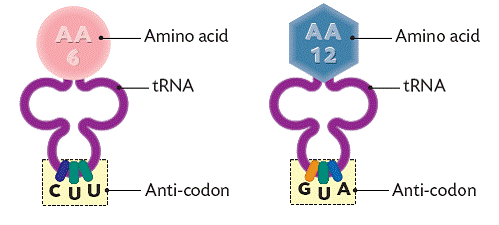
5. The first tRNA molecule will attach to the mRNA just after the start codon. Remember: This is happening in the cytoplasm.

6. The tRNA molecules attach to the mRNA two at a time. This combination is called the binding site. The amino acids are, by this method, brought to the ribosomes.
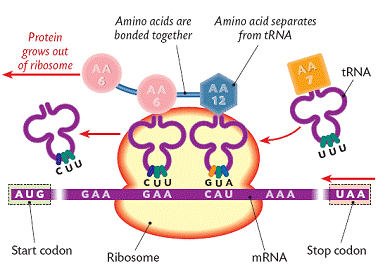
7. The mRNA and the tRNA detach in the ribosomes and the amino acids are bonded together to form proteins.
8. The tRNA molecules move out of the ribosome. As they move out they pull the strand of mRNA through the ribosome.
9. tRNA molecules continue to bind with mRNA until a stop codon is reached.

